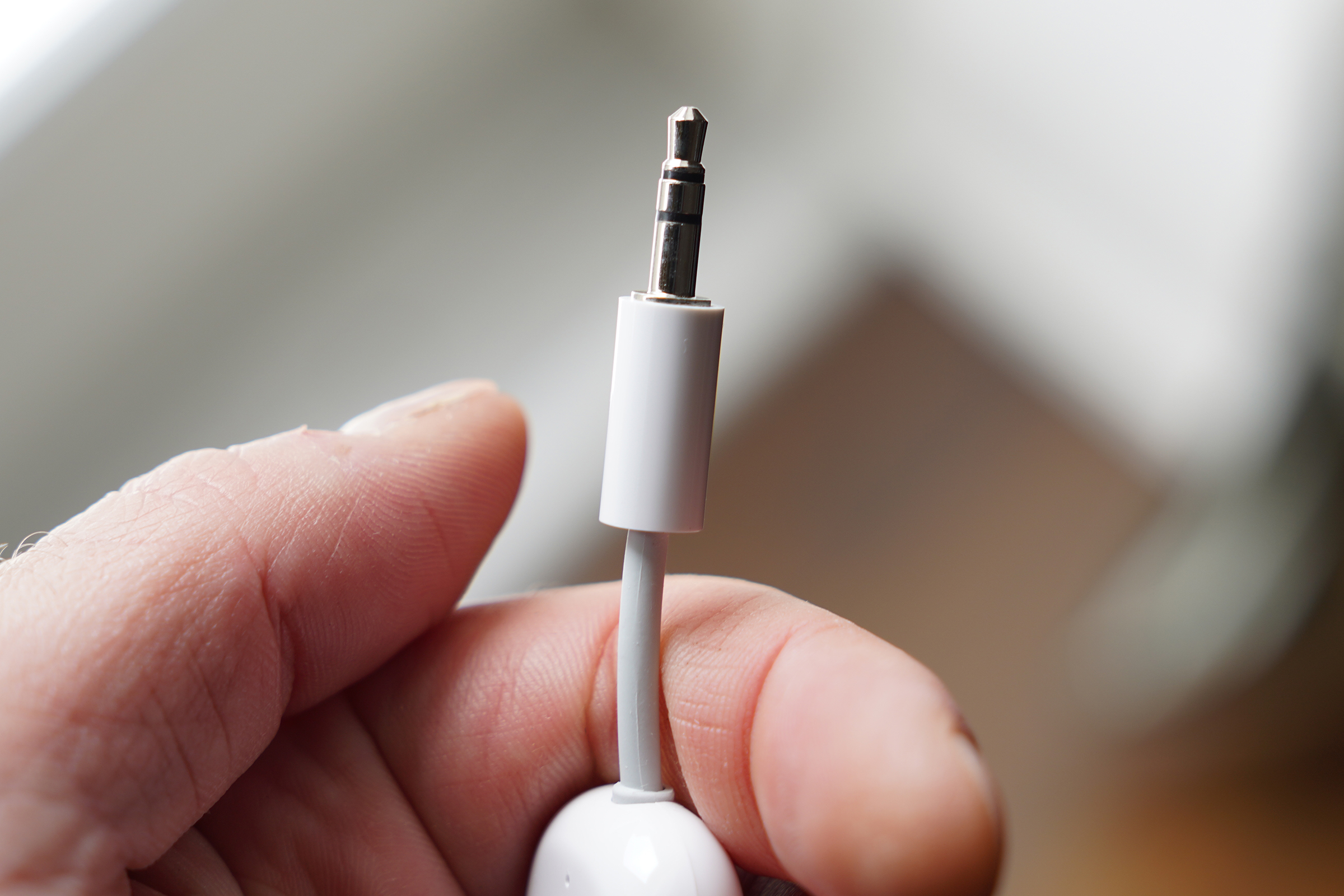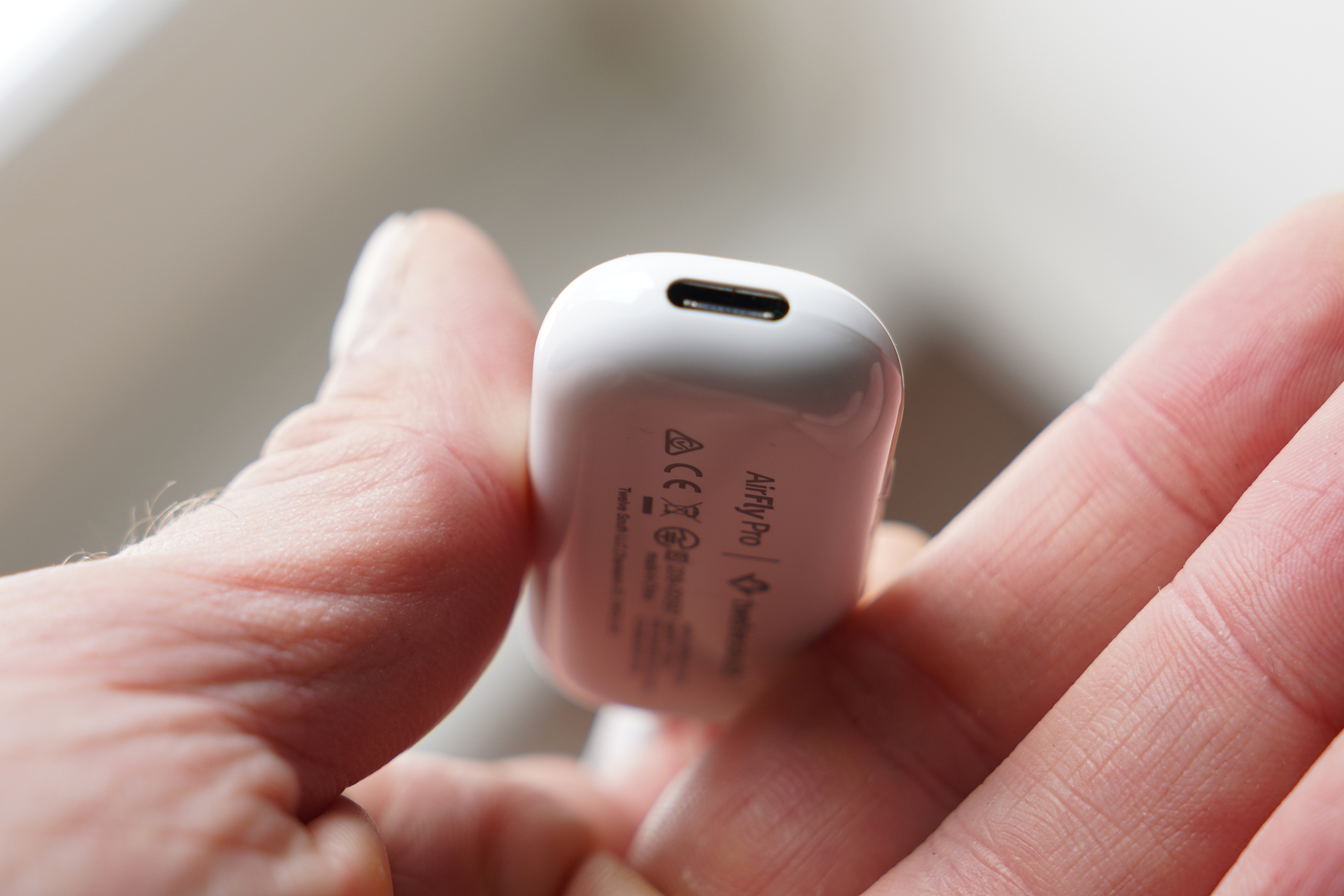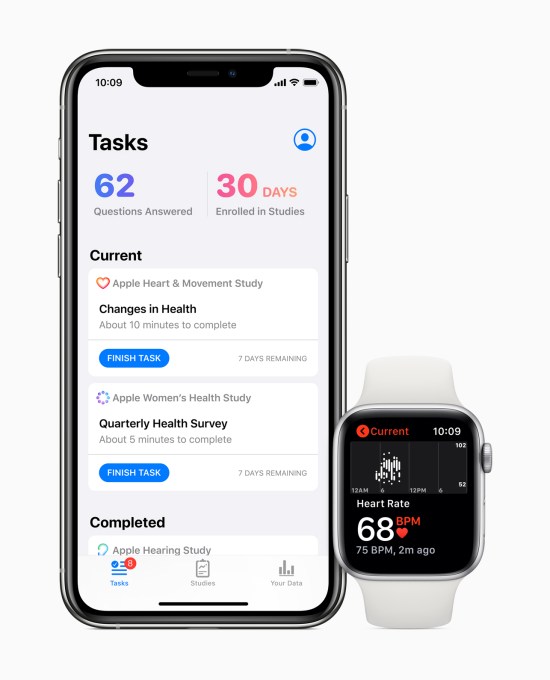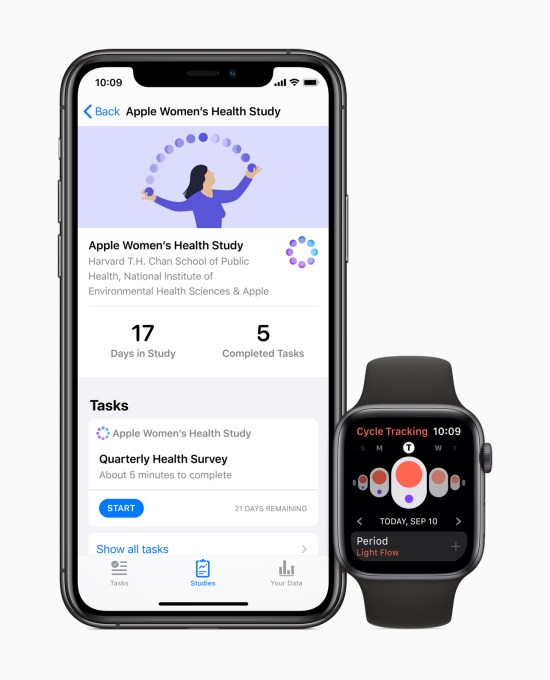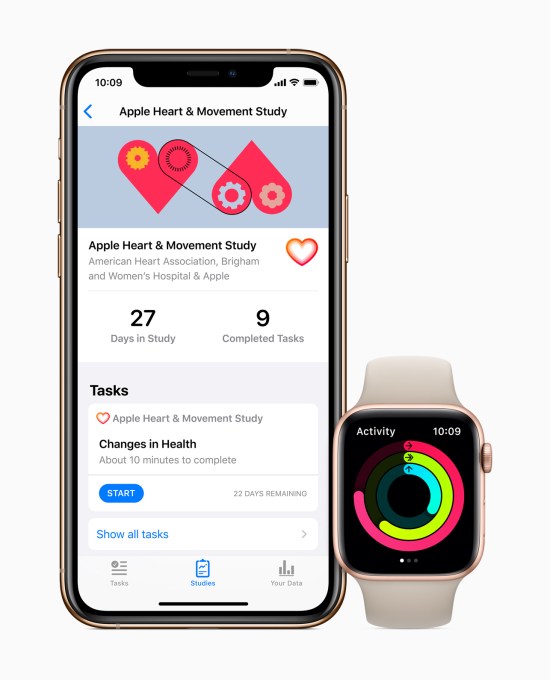I’ve always told companies that investors have a much easier job than they do. To be good at their jobs, investors have to know how to do math and make decisions. As a business owner, you have to do both while also running your business.
The math piece can seem cumbersome, but it’s vital for understanding whether your company is creating or destroying value. A few simple metrics can demonstrate to investors the health and viability of your company, and they can show you which levers to pull that will best optimize your company for investor interest (and secure a higher price). But before you can ever hope to communicate your business’ value to an investor, you must understand it yourself.
The numbers are simple; it’s the calculations that are complex
Investment math itself is not complicated. In essence, it’s just about understanding whether your company is creating or destroying value by asking:
- Where is your company investing its financial resources? Most growing companies invest heavily in sales and marketing or research and development.
- What is the return on this investment? For example, how much gross profit (revenue x gross margin percentage) does a given sales and marketing investment produce?
- How does that number compare to your cost of capital? If it’s higher, your company is creating value. If it’s lower, you’re destroying it.
Investors use this information to determine if their return would be higher than their expectation (e.g., 15% hurdle rate), should you continue down your current path of creating or destroying value. Then, they make their decision based on that calculation.
A caveat I’ll add here is that it’s not necessarily a deal-breaker if your company is declining in value. Oil rigs, after all, are considered investment assets, even though they are perpetually declining and will eventually run out (i.e., destroy all of their value). Although this article focuses on calculations that demonstrate value creation, all investment assets can be financed at the right price.
A deep dive into calculating value
One of the best metrics you can use to demonstrate value creation is your cohort-level return on investment. It’s a calculation most investors are familiar with, but it may not be as straightforward to companies who don’t see it as often. Again, while the metrics and concepts of investment math are simple, it’s the process of getting there that requires complex analysis.
Whether you are evaluating these metrics yourself or bringing in outside counsel to assist you, use the process below to show investors you are creating value.
Determine which information to analyze
The first step in calculating value is to understand which information from your income and cash flow statements to analyze as “investments.”
Start by dividing your capital allocation into three main buckets: short-term investments, long-term investments and expenses. In general, short-term investments will be the ones you want to focus on, but it’s helpful to walk through each.
- Short-term investments (pay back within 24 months)
from Apple – TechCrunch https://ift.tt/2qUCDiE
